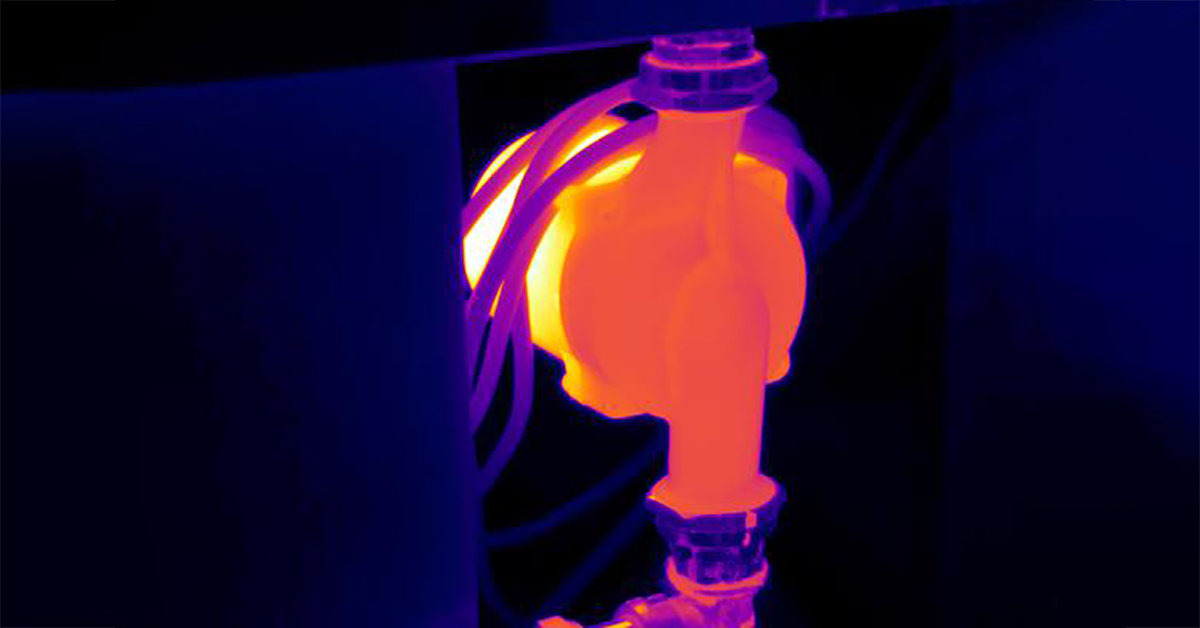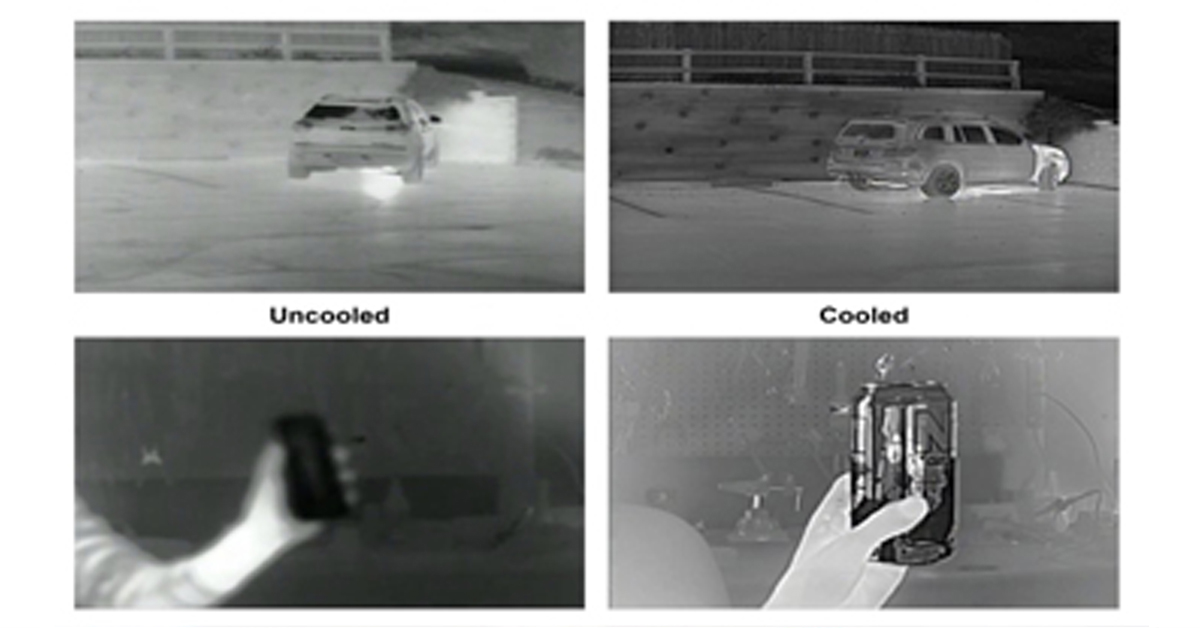
Providing ire Protection for Lithium Battery Storage
Understanding the Risks and Ensuring Safety
As the demand for renewable energy sources continues to grow, battery storage technology has become a critical component in the transition to a more sustainable future. Although Li-ion batteries are known for their high energy density and rechargeable properties, they also pose significant safety risks, including the potential for fire. The importance of fire protection for lithium battery storage is gradually increasing. Fire protection systems can ensure the safety of people and property.
In this article, we will examine various fire protection strategies and technologies used in battery storage systems to prevent, detect and reduce the impact of fires.
Fire Hazards of Lithium ion Batteries
In recent years, there has been a significant increase in fires related to Battery Energy Storage Systems (BESS). While BESS provides a suitable solution for energy storage, the associated fire risks cannot be ignored. BESS-related fires can be attributed to various factors, such as thermal runaway, manufacturing errors, battery damage, and improper installation.
Thermal Leakage: What it Is and How to Prevent It

Lithium ion batteries pose significant fire hazards when stored incorrectly. They contain flammable electrolytes that can ignite and spread quickly; they can create a fire that can lead to property damage, injuries and even deaths. When lithium-ion batteries are stored together, there is a risk of a chain reaction in which thermal leakage of a single battery can cause other batteries to burn out.
Thermal runaway is a dangerous chain reaction in lithium ion batteries that can lead to overheating, gas formation and even explosions. It can occur when the temperature of a cell rises above the critical threshold due to overcharging, when the temperature of a cell rises above a critical threshold due to high ambient temperature or internal short circuits.
Once started, thermal runaway can spread to other cells and lead to a cascading failure that can be difficult to control. In order to prevent thermal leakage in the battery tank, it is important to monitor the temperature of the batteries, limit the charging rate, avoid overcharging situation, and keep the ambient temperature within a safe range. Proper ventilation, early detection systems and emergency response plans can also help mitigate the consequences of thermal leakage if it occurs.
Thermal imaging can be a useful tool for monitoring the temperature of battery cells and preventing thermal leakage. Using thermal cameras, operators can detect temperature changes in real time and quickly identify hot spots or abnormal heat traces.
This allows them to take immediate action to cool the affected cells and prevent a potential thermal runaway event. Thermal imaging can also help identify defective cells that may generate excessive heat and take them out of service before they pose a risk of starting a fire.
Manufacturing Errors
Manufacturing defects in lithium ion batteries can be a significant fire hazard. These defects can cause short circuits or other malfunctions that can lead to thermal leakage and, ultimately, a fire.
For example, if the separator separating the positive and negative electrodes from each other is defective, it may cause the electrodes to come into contact. This causes a short circuit and overheating of the battery. In addition, if the anode or cathode is broken during production, it can cause a buildup of gas that can rupture the cell and cause a fire.

Thermal imaging can be an effective tool for detecting manufacturing defects in lithium-ion batteries. Thermal imaging cameras can detect temperature abnormalities in battery cells, which can indicate damage or other problems that could potentially lead to thermal leakage.
For example, a hot spot in the battery cell may indicate a manufacturing defect that causes the battery to produce excessive heat. By detecting these defects early, manufacturers can take corrective measures to prevent possible fires or other hazards. Thermal imaging can also be used during the testing phase of battery development to detect errors before batteries are used.
Incorrect Installation
Improper installation of battery energy storage systems may pose a fire hazard. If the BESS is not installed properly, it can cause incorrect wiring, overload of circuits or improper ventilation, all of which can lead to overheating and thermal leakage. If the storage system is not installed in a place with appropriate fire protection measures, the fire can spread quickly and cause significant damage. It is important to ensure that BESS installations are carried out by qualified professionals in accordance with the manufacturer's guidelines, local codes and regulations.
It is also important to install an early fire detection (EFD) system. These early warning systems help to ensure the safety of all equipment and individuals. EFD systems detect possible fires in their early stages, allowing for rapid response and mitigation.
EFD systems use a variety of methods, including thermal imaging cameras, to detect the first signs of a fire. By installing an early fire detection system, the risk of a BESS fire can be greatly reduced and possible damage can be minimized.
Ensuring Safety with Thermal Imaging
As mentioned earlier, thermal imaging is an important tool for ensuring safety in lithium-ion battery energy storage systems. Thermal cameras can help detect errors, problems or early signs of thermal leakage at all stages of battery life. This includes production, operation and storage.
A fire protection system that makes use of thermal cameras such as EFD is a must for energy storage systems (ESS). By installing early fire detection systems in battery storage facilities, possible fires can be quickly detected and brought under control.
Blog Posts


Thermal Camera Selection
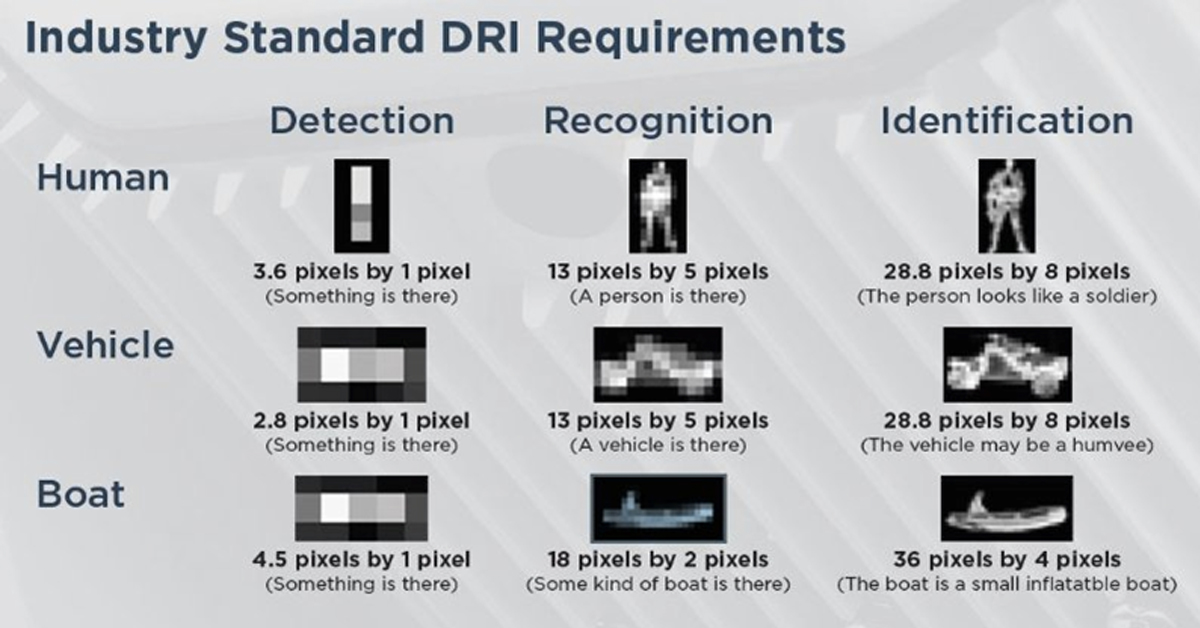
How Far Can I See?

How Should Human Temperature Be Measured?

What is Wide Dynamic Range?
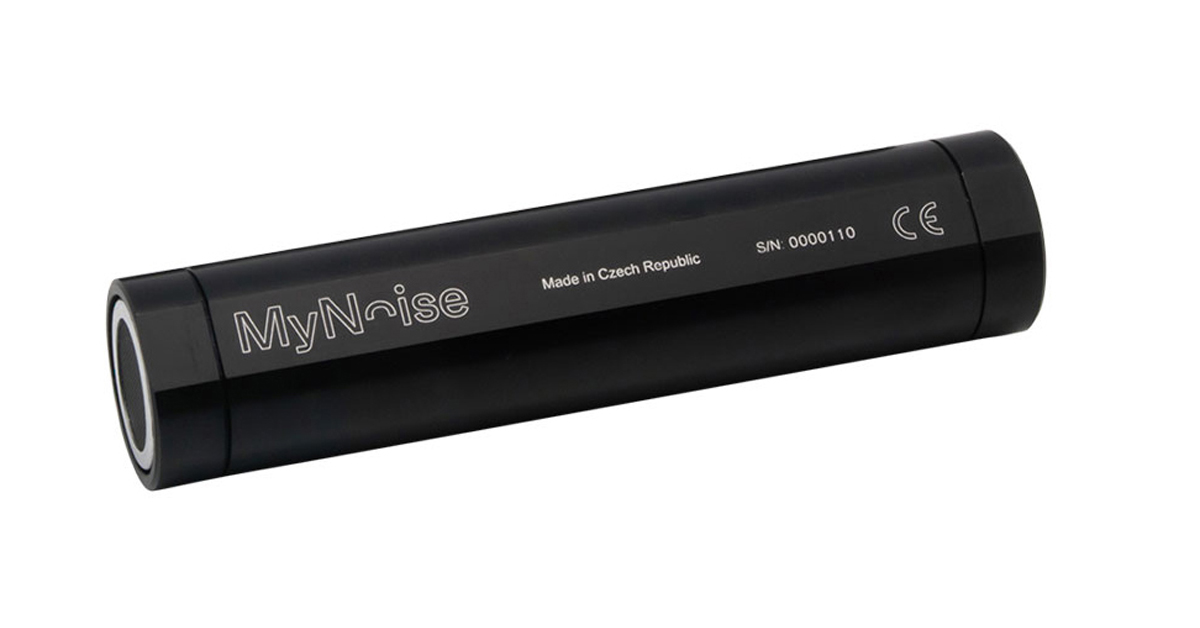
MYNOISE AUDIO MIXER REVIEW

WHAT IS A WIRELESS DISTRIBUTION SYSTEM?

POE VS. POE+ VS. POE++: CHOOSING THE RIGHT INDUSTRIAL ETHERNET SWITCH FOR YOU

INDUSTRY-LEADING INDUSTRIAL ETHERNET SWITCHES

UNDERSTANDING WHAT THE INDUSTRIAL INTERNET OF THINGS IS

THE DIFFERENCE BETWEEN A HUB, SWITCH, & ROUTER
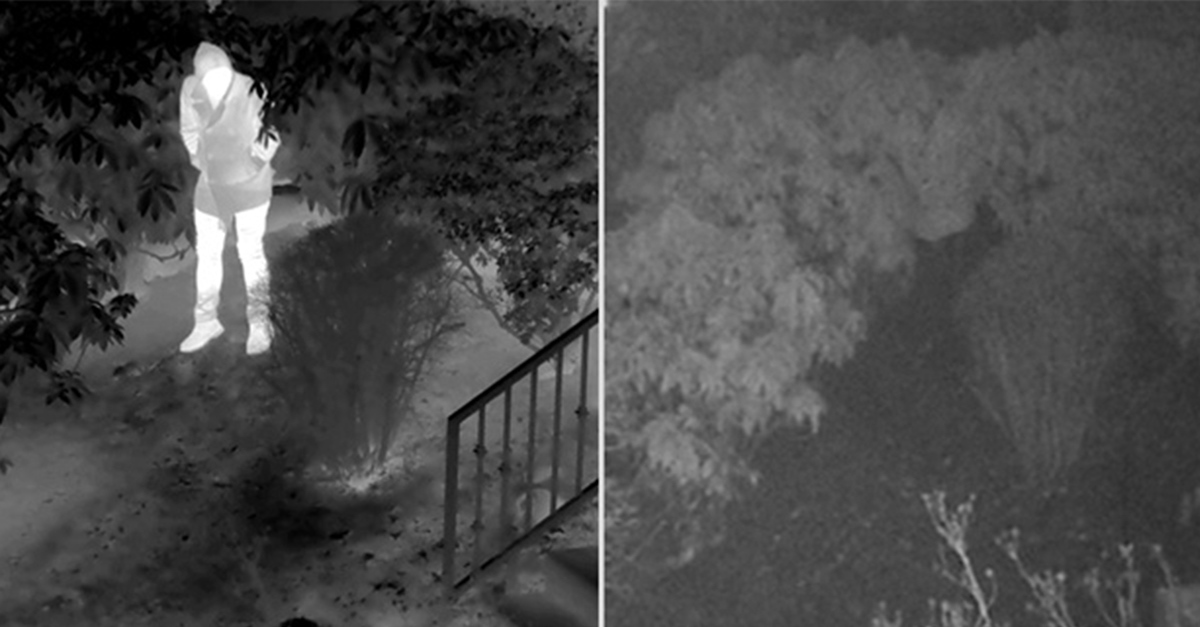
5 Benefits of Thermal Imaging Cameras

DIFFERENCE BETWEEN INDUSTRIAL ETHERNET AND REGULAR ETHERNET

INDUSTRIAL NETWORKING EQUIPMENT USED FOR AUTONOMOUS VEHICLES

CYBERSECURITY: PROTECTING INDUSTRIAL CONTROL SYSTEMS

HOW INDUSTRIAL NETWORKING CAN PROVIDE SECURITY FROM DRONES
.webp)
Thermal Cameras Reveal How to Keep Your Home Cool During a Heat Wave

FLıR ONE PRO

On the Water with the FLIR M364C

Unmatched Maritime Awareness with Cooled Thermal Imaging

What Is the Right Handheld Thermal Camera for You?

Camera Resolution and Range

Special Applications for Marine Cameras

What’s The Difference between Thermal Imaging and Night Vision?

Can Thermal Imaging See Through Fog and Rain?
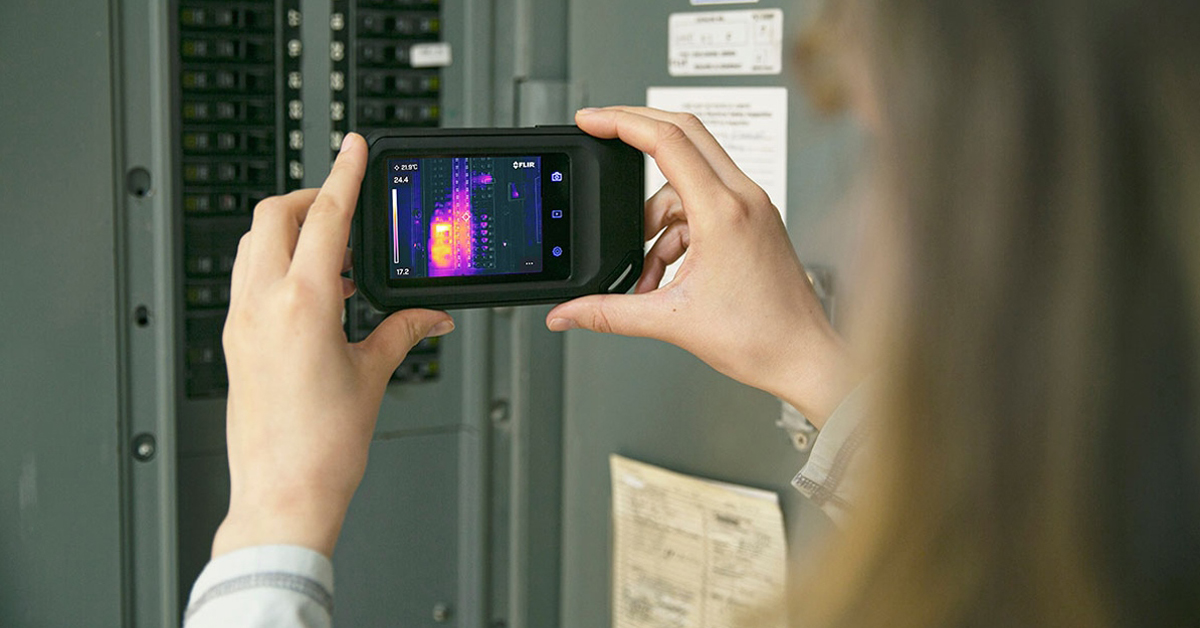
Which Cx-Series Camera Is Right for You?
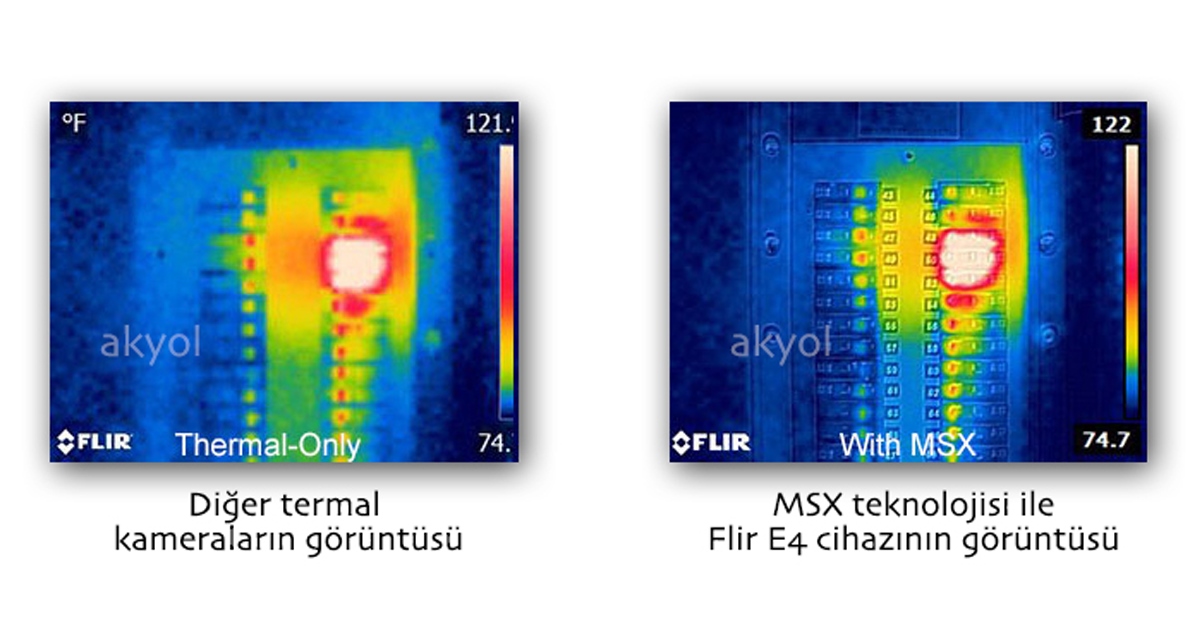
What is MSX®?

Five Reasons Maritime First Responders Need Thermal Imaging
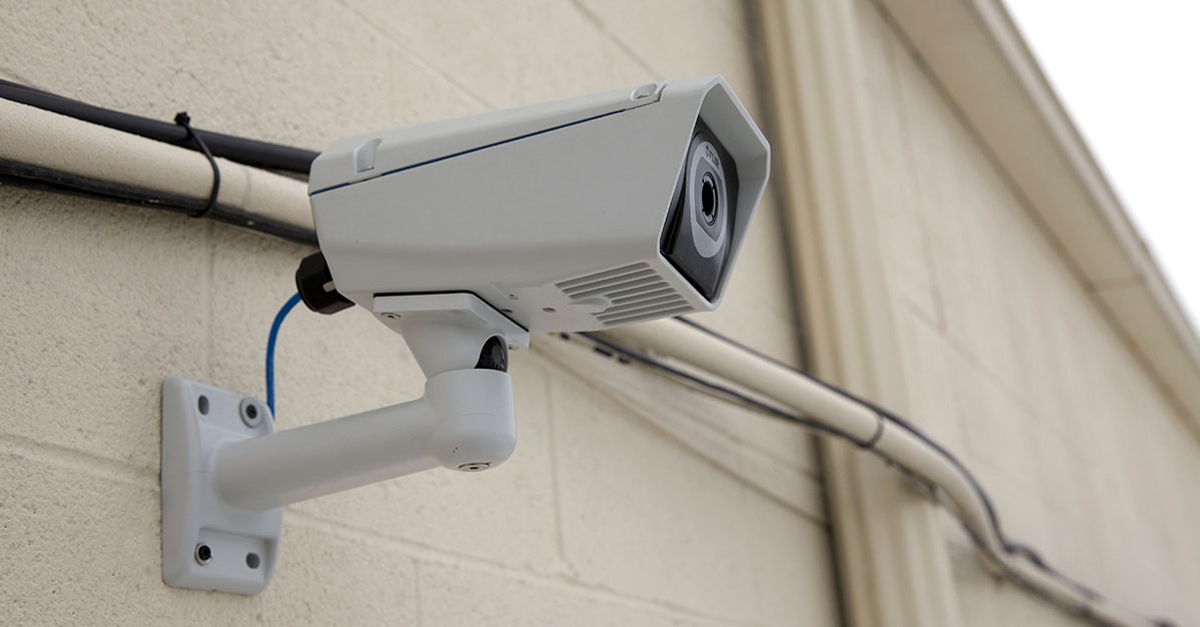
3 Distinguishing Features of Superior Thermal Cameras
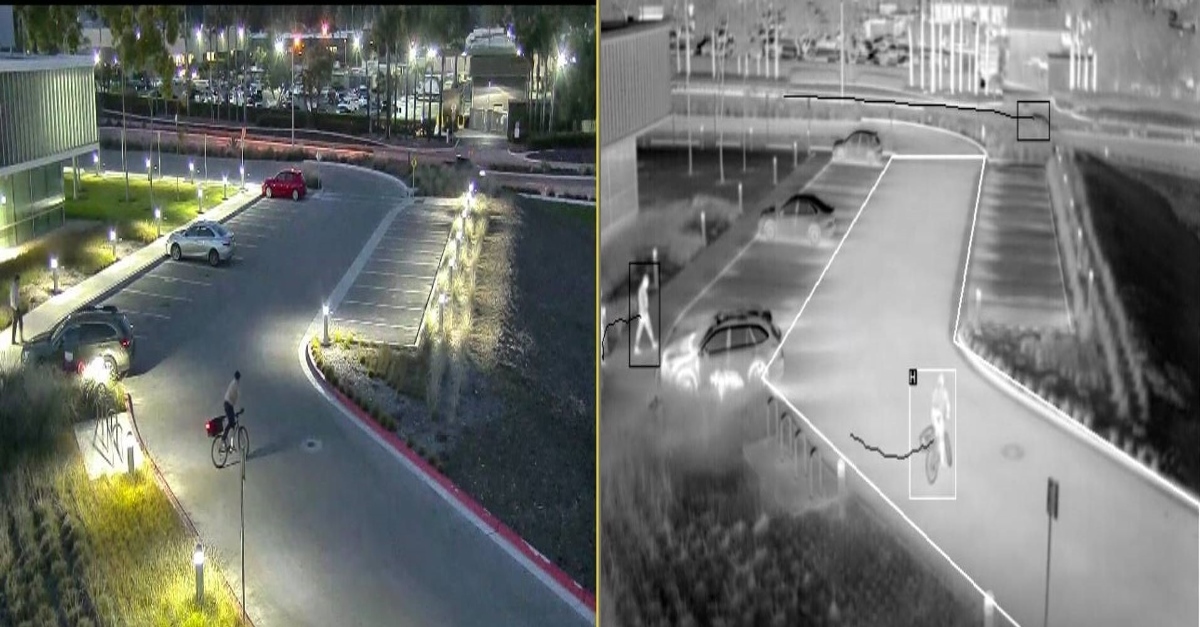
Determine Which Visible and Thermal Security Cameras You Need
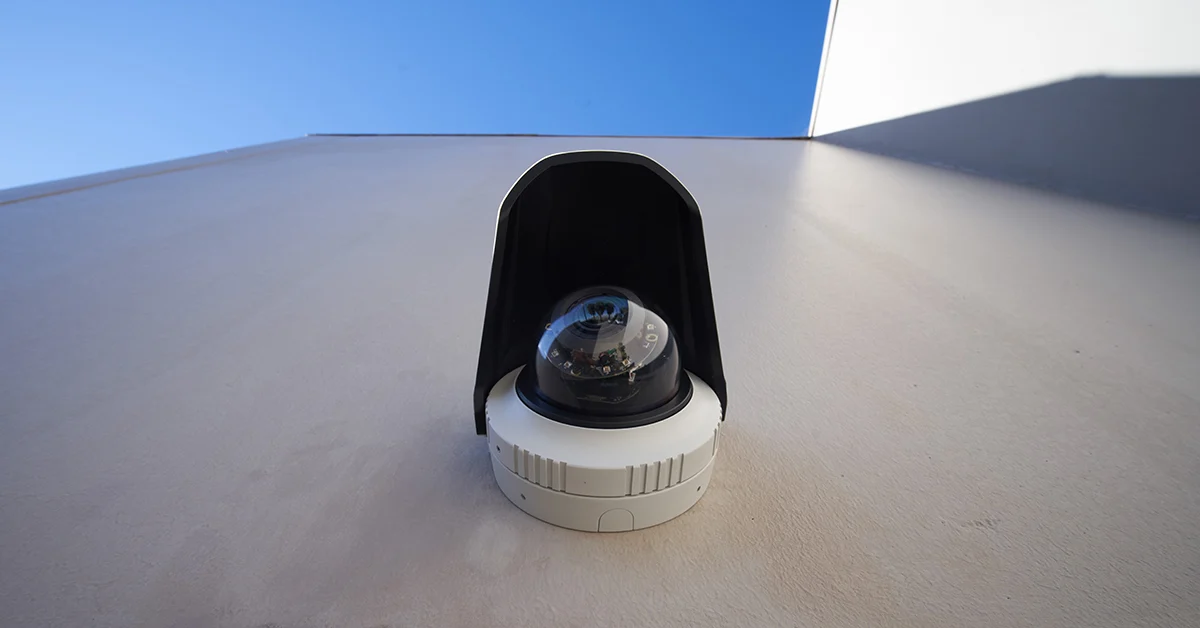
Bullet vs. PTZ vs. Dome: Which Security Camera Is Right for You?
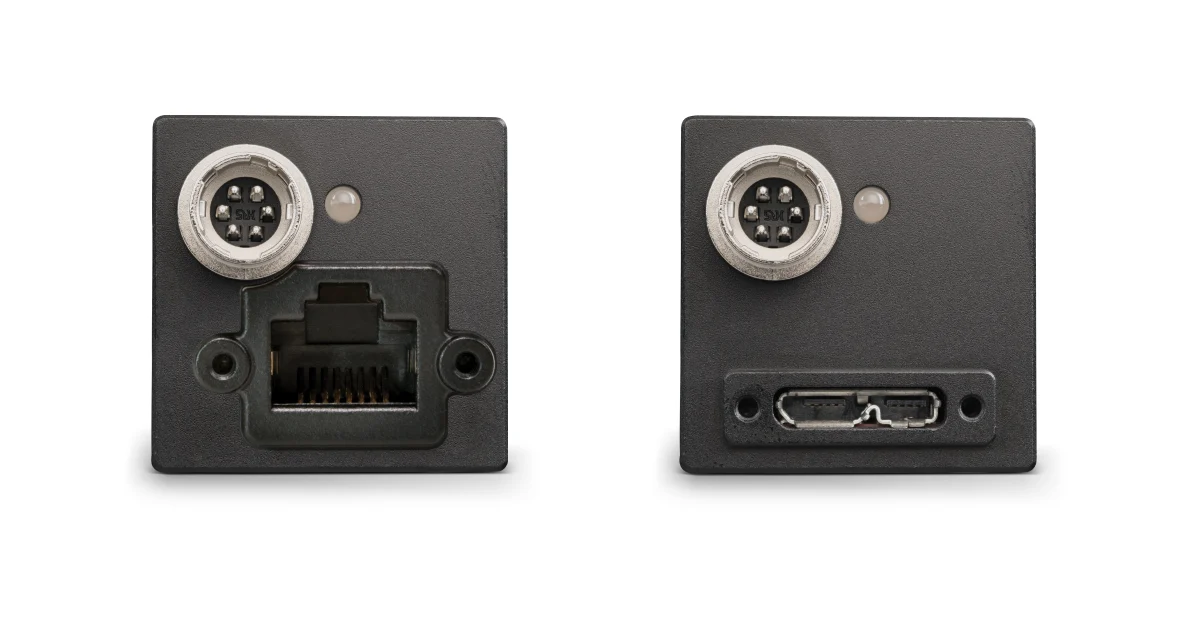
Interfaces for Machine Vision
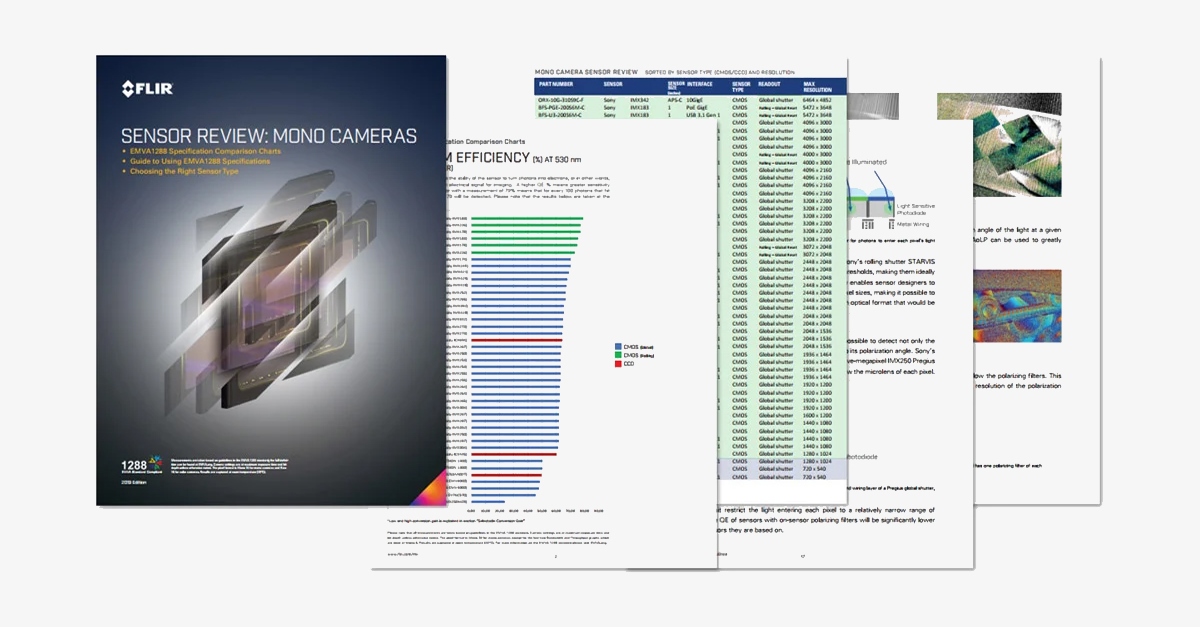
Machine Vision Sensor Review

Teledyne FLIR, the Industry Leader, Launches Boson +, a Long-Wave Infrared Thermal Imager Module with an Accuracy of Less Than 20 mK

Whitepaper: IP-Based Security Convergence

3 Technologies Transforming Safe Cities into Smart Cities

Insights from the Field: Ensuring Workplace Safety Using Thermal Camera Screening for Entry Control

Thermal Night Vision as a Force Multiplier

Can Thermal Imaging See Through Walls? And Other Common Questions
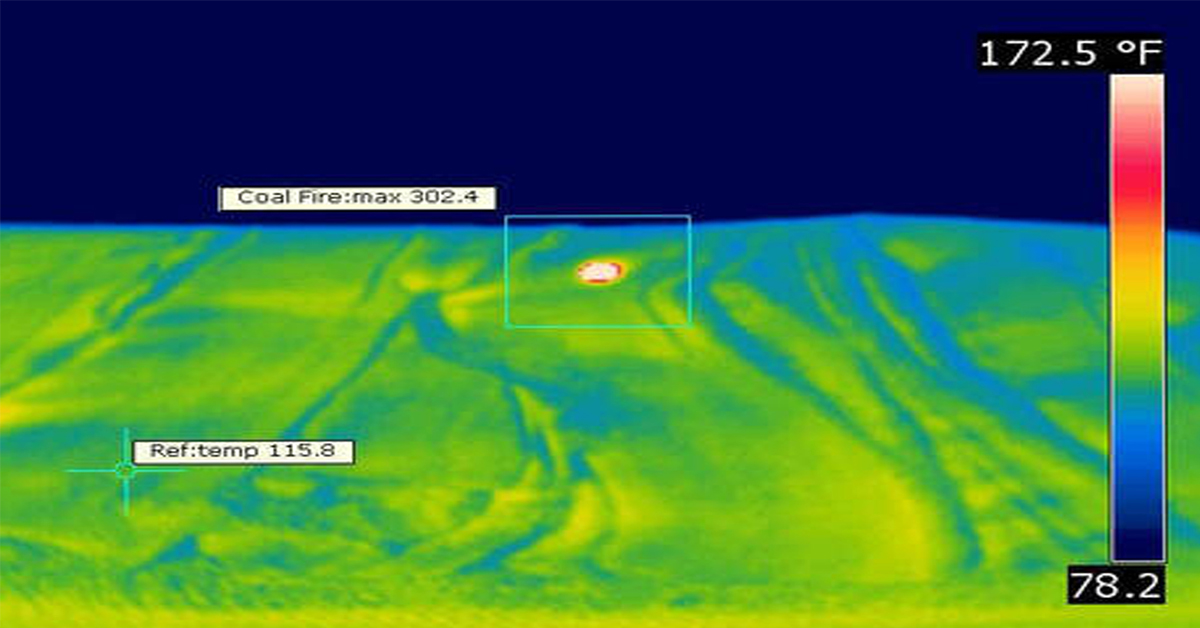
Application Spotlight: Early Fire Detection for Rapid Heat Generation

Protect Personnel and Equipment by Detecting Early Signs of Fire
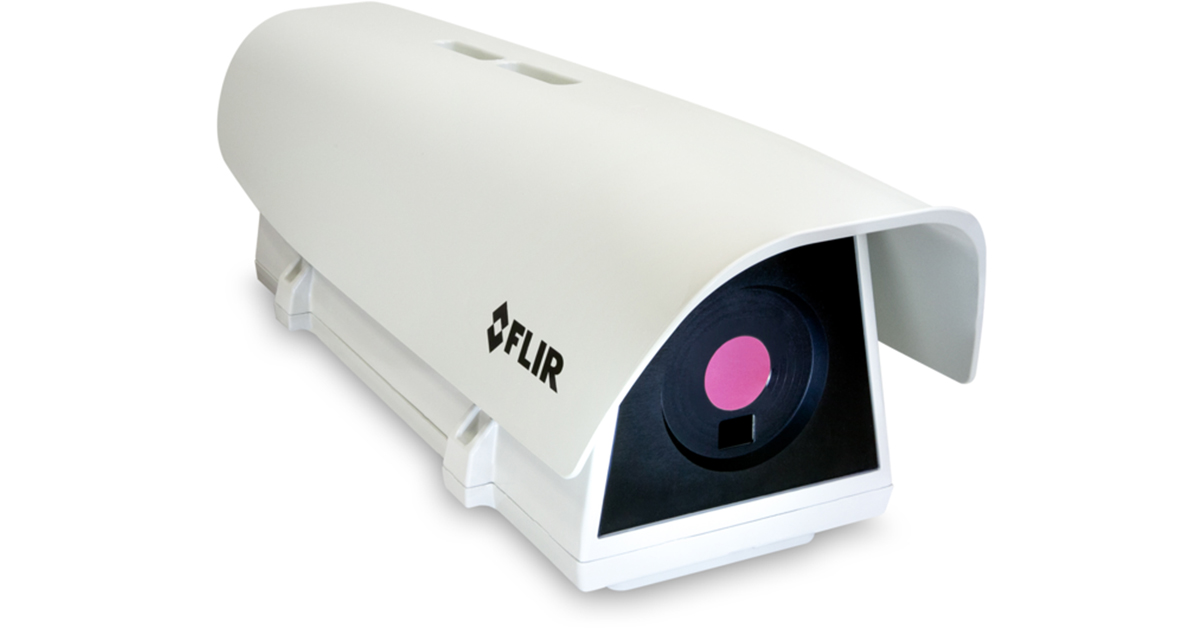
Teledyne FLIR Launches A500f/A700f Cameras for Fire Detection and Condition Monitoring

Thermal Imaging Cameras Help Guarantee Fire Safety in Tunnels
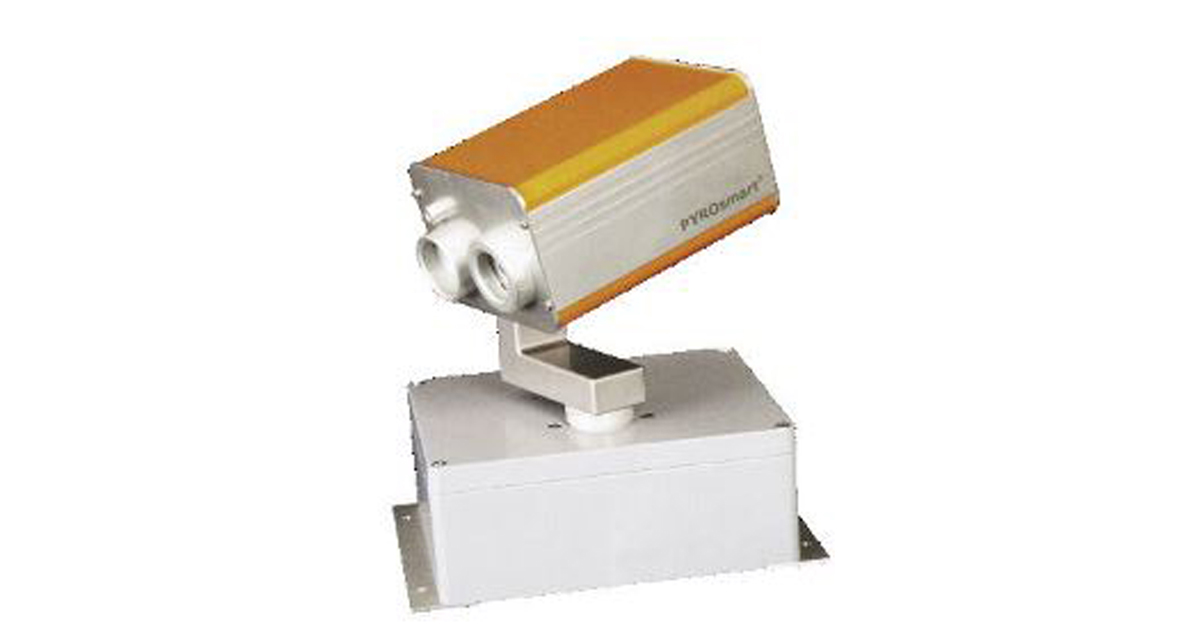
Thermal Imaging Cameras Help to Prevent Fires
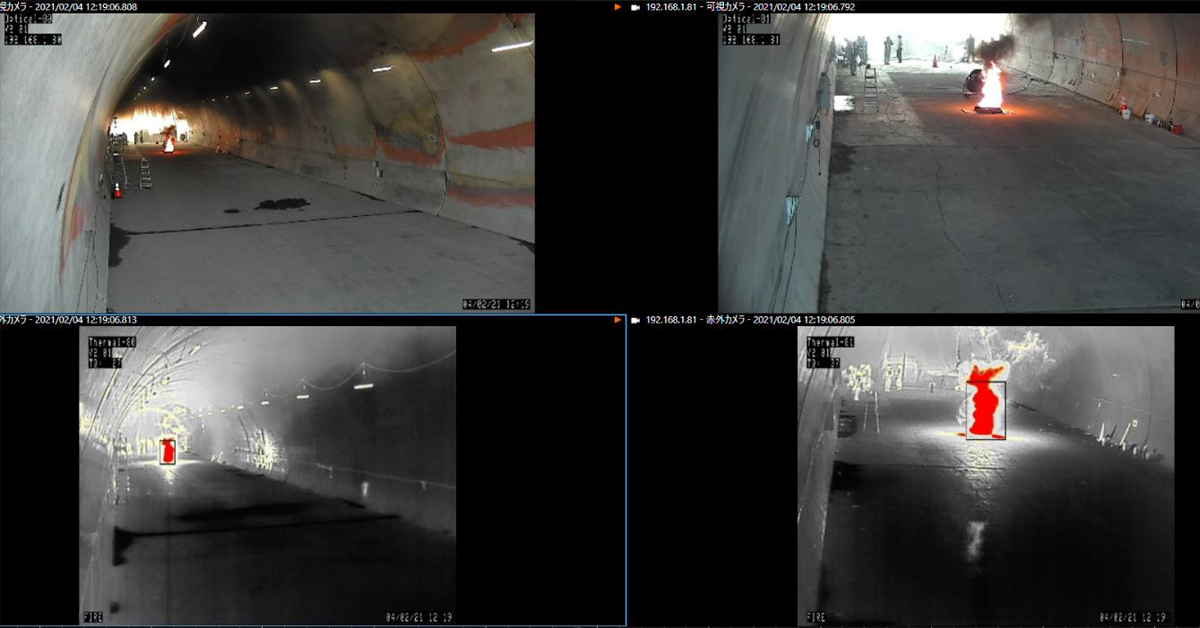
ITS-Series Dual AID Surpasses Standards for Fire Detection Systems in Japan
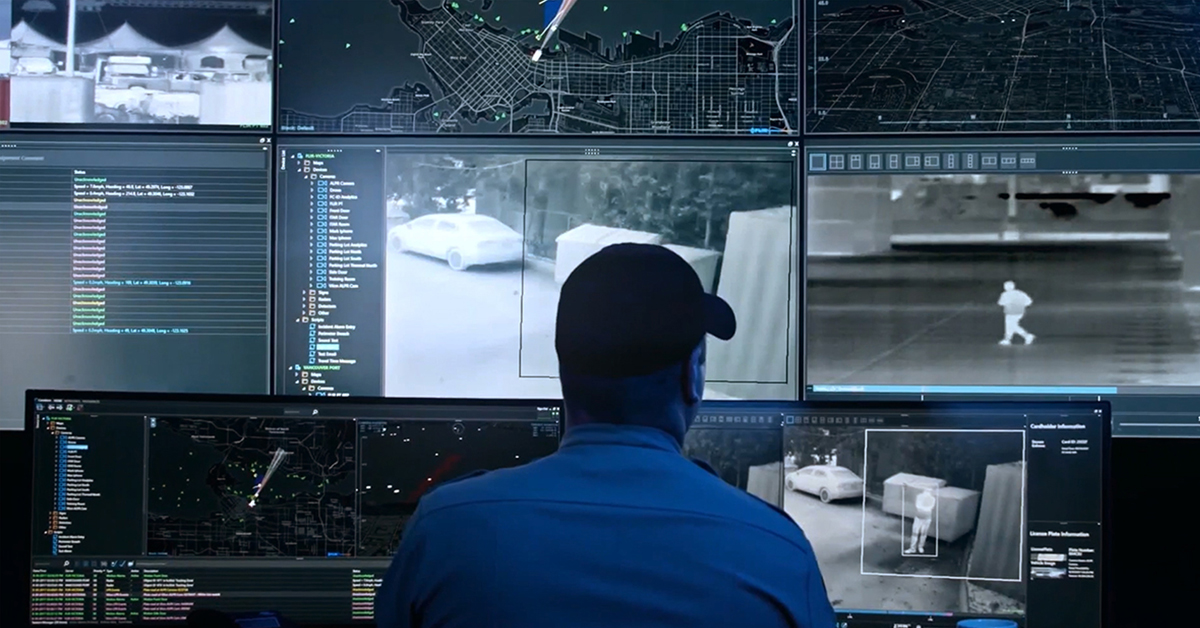
How Layering Multispectral PTZ Cameras and Radars Improve Perimeter Protection

POWER REMOTE RESET TECHNOLOGY - PRRT

Why Yacht Owners are Adding Thermal Imaging Cameras to Minimise the Risk of Lithium-Ion Battery Fires?

Intelligent Transportation Systems

Best Practices Guide for Perimeter Security Applications

Protect Pedestrians, Bicyclists and More with Thermal Smart Sensors

White Paper: Application of Ground-Based Security Radar to Perimeter Systems

What is Thermal Leakage and How to Reduce Its Risks
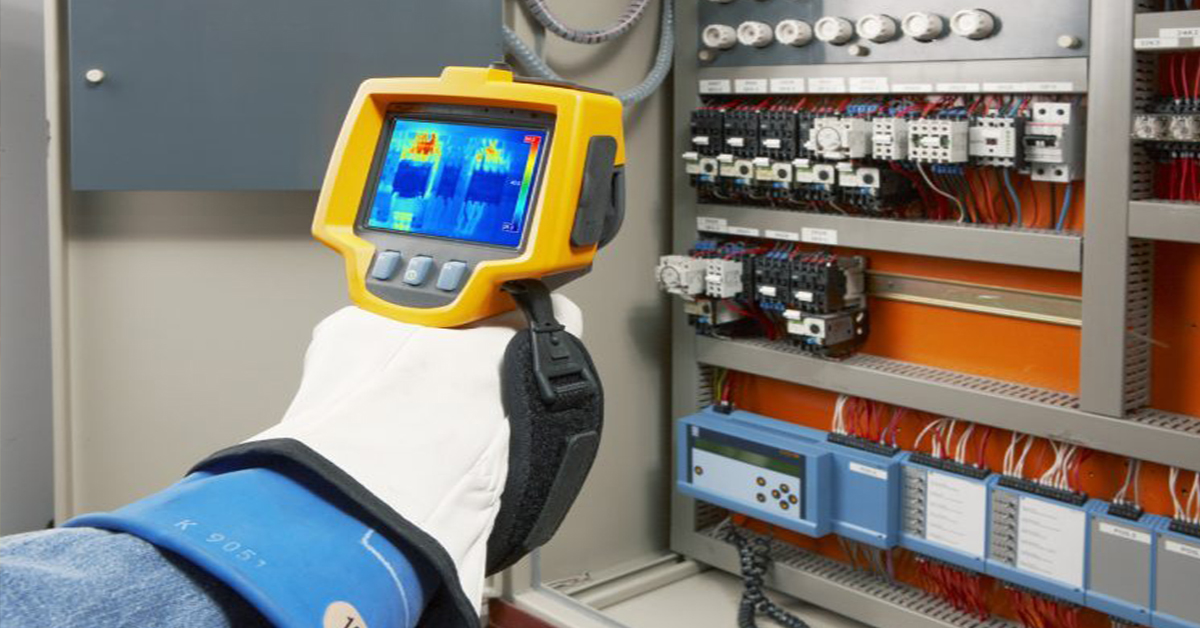
Battery Inspection Using Advanced Thermography
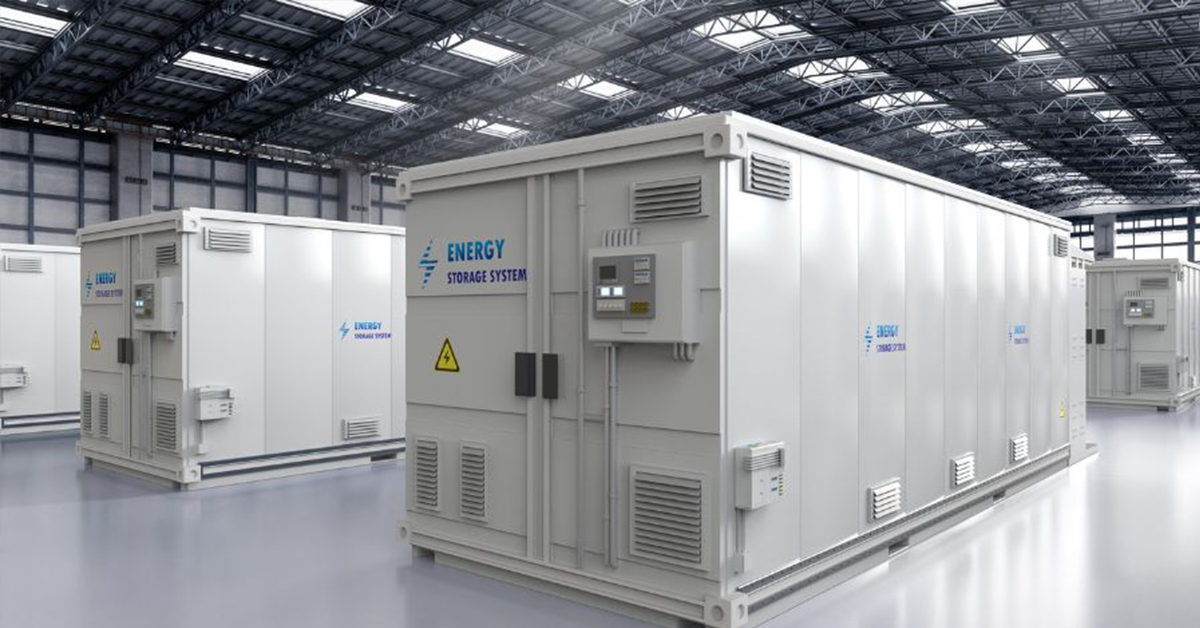
Providing ire Protection for Lithium Battery Storage
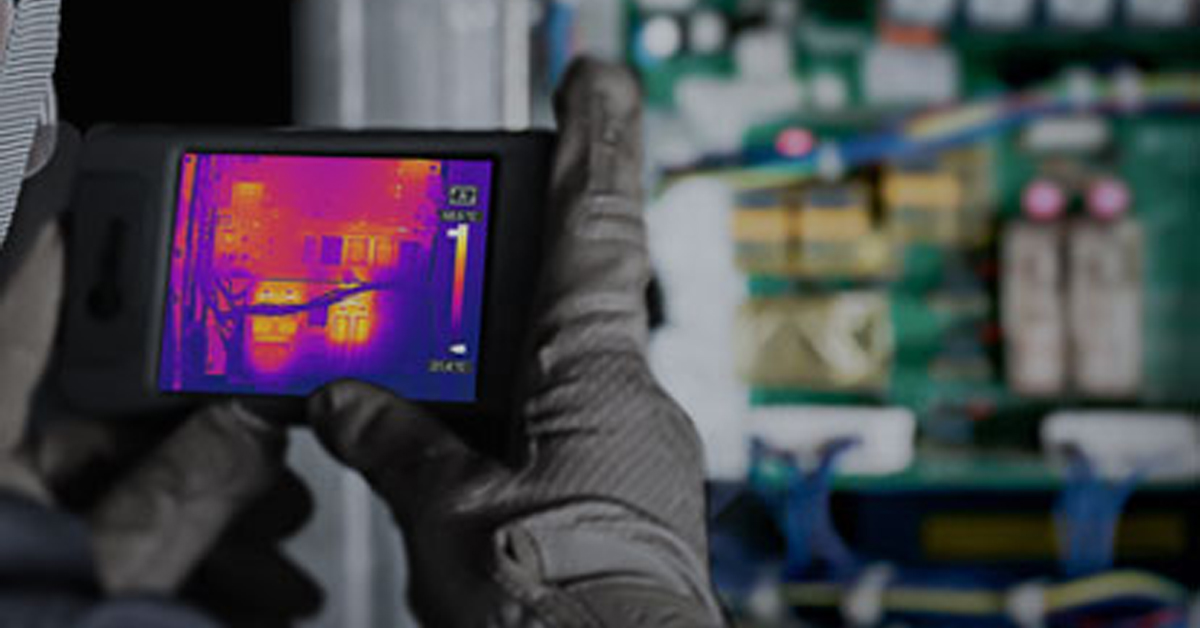
The Power of Thermal Imaging
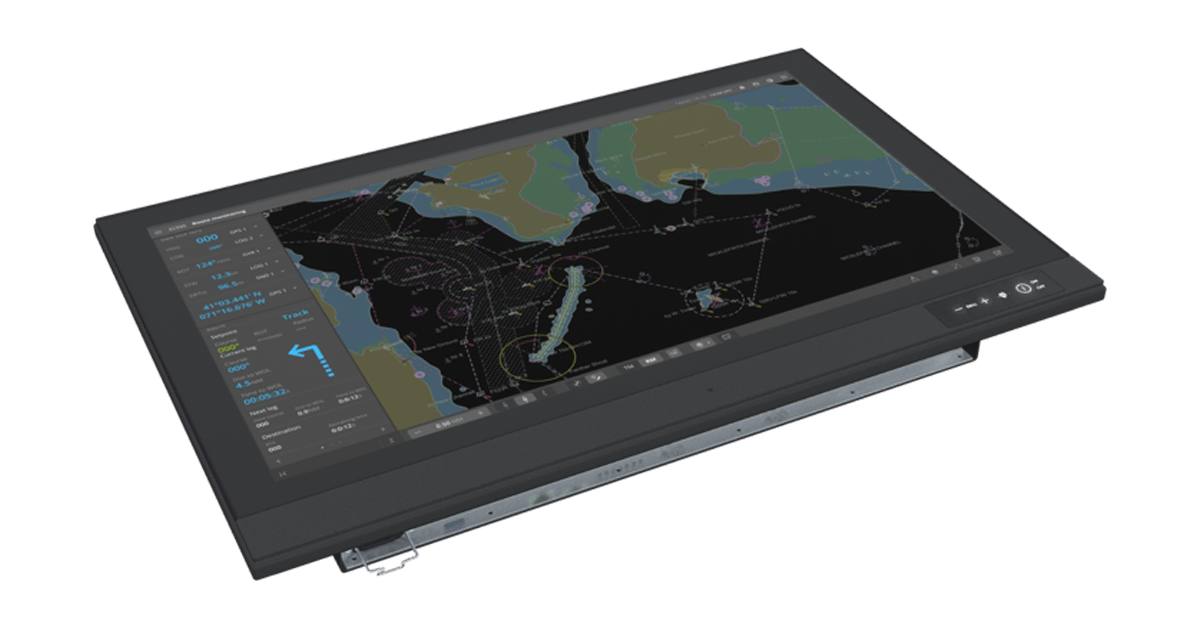
Why Panel PCs Are Perfect For Industrial Applications?

Teledyne DALSA
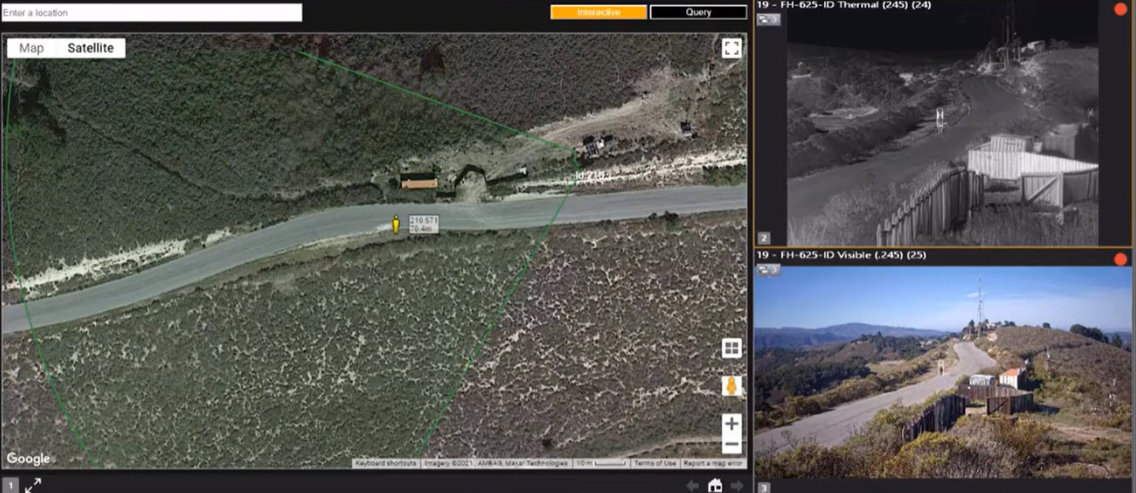
Advantages of Virtual Barrier Video Analytics for Perimeter Security Systems


NASA Takes the Teledyne FLIR Boson Thermal Camera Module Out of this World

Port Security Enhancement: DP World Yarımca's Trust in FLIR Security Solutions for Effective and Safe Port Operations
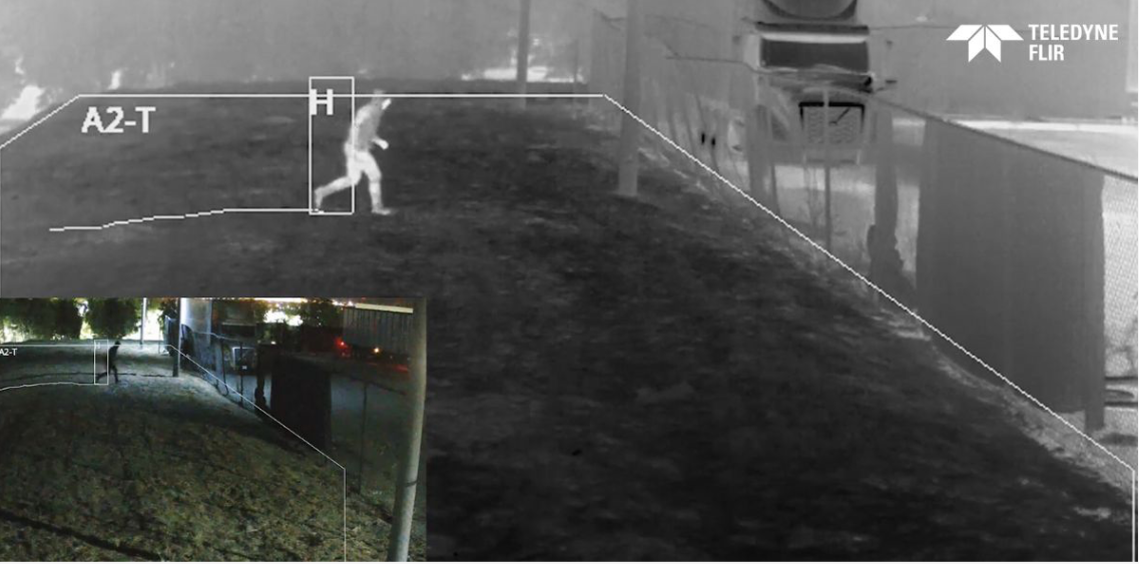
The Importance of Thermal Sensitivity (NETD) for Detection Accuracy

Bosphorus Boat Show 2025: The Meeting Point of the Maritime World
